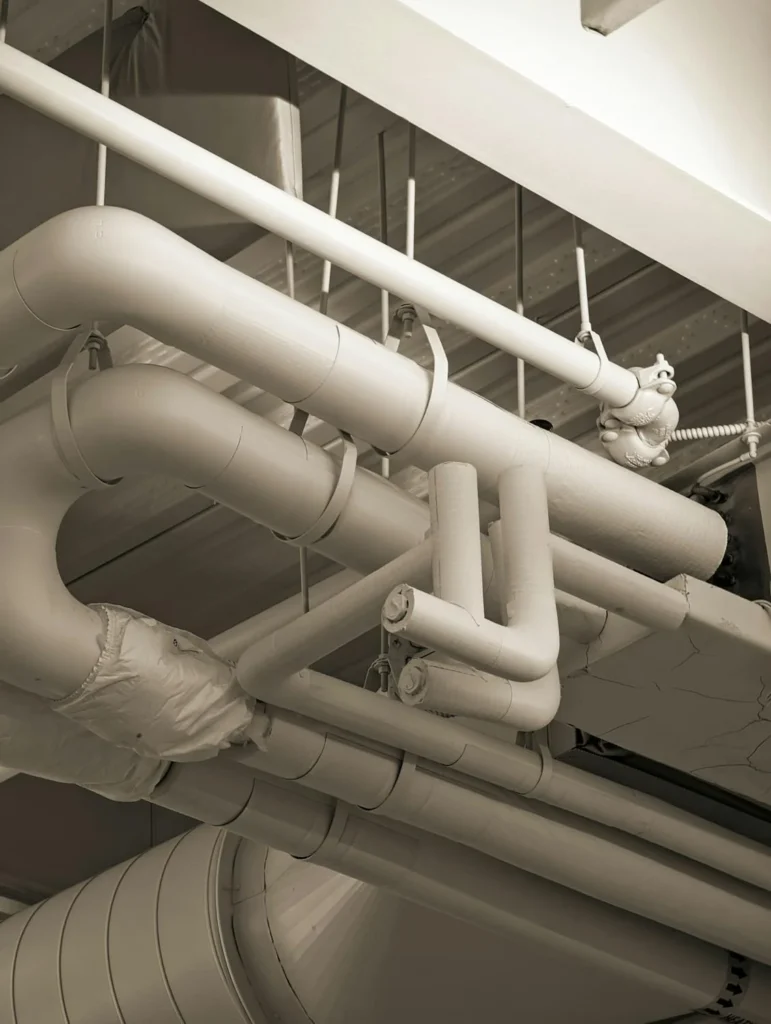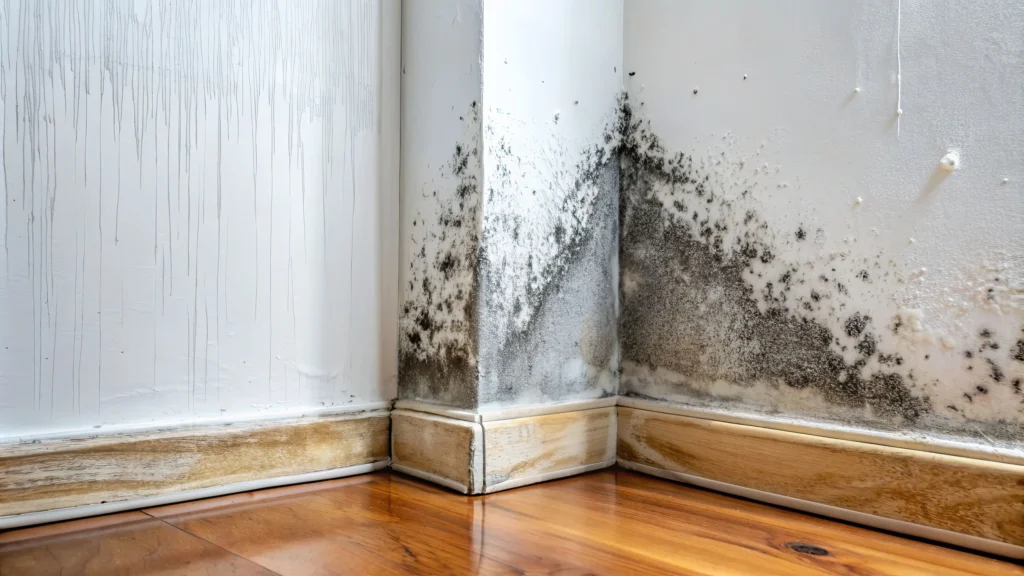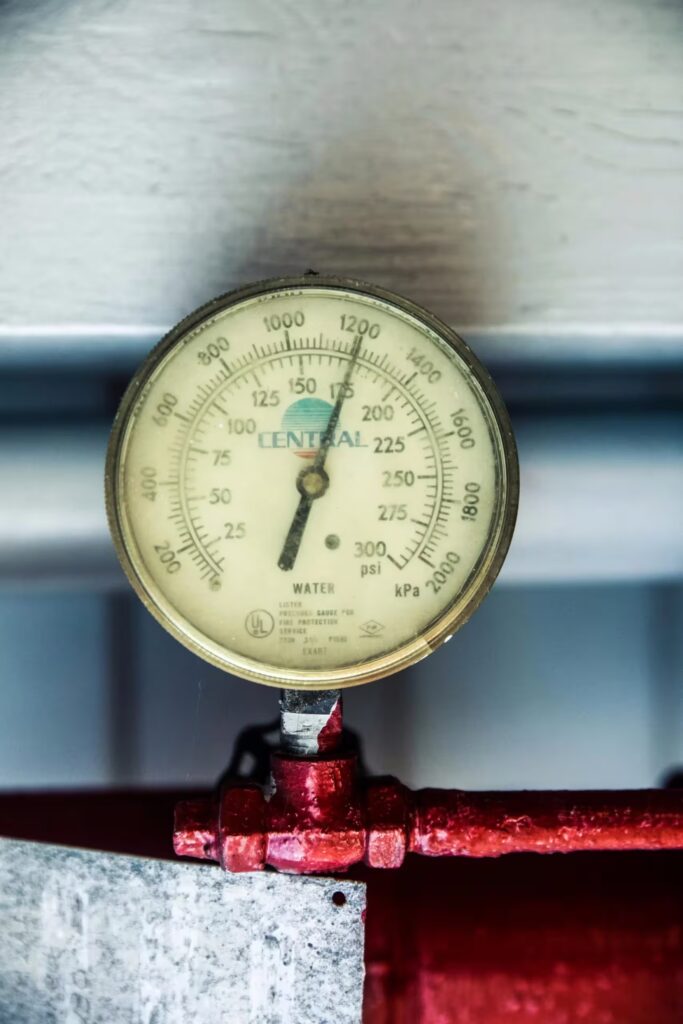If you’ve experienced an oil spill, whether domestic, commercial or industrial, swift action is critical. Oil spills pose serious environmental risks, create health and safety hazards, and can result in significant fines if not managed correctly. Understanding what to expect during the oil spill clean up process will help you act quickly and confidently in the event of an incident. A professional provider will minimise disruption and maximise your peace of mind, getting you back to normal in no time at all.
In this guide, we’ll break down the full process of cleaning up oil spills and explain why professional intervention is essential for compliance, safety, and long-term protection.
Why rapid oil spill clean up matters
Oil spills can have devastating impacts on the environment. When oil contaminates soil or enters drains, watercourses, or surrounding ecosystems, the effects can be immediate and long-lasting. Wildlife exposure to oil can result in poisoning, reproductive issues, and even death. Left untreated, an oil spill can damage entire ecosystems and may require costly environmental restoration.
Health and safety
Oil spills are a major risk to health and safety. Whether the spill occurs at your home or place of work, it is not safe. Here are some of the risks that oil spills pose:
- Fires and explosions: Oil is highly flammable and can quickly combust if exposed to a spark or live flame.
- Slip hazards: Oil spills increase the risk of slips and falls occurring, this risk is made more significant if heavy machinery or vehicles are present.
- Toxic fumes: If an oil spill occurs in an enclosed space the fumes let off by the oil have nowhere to go. Inhaling these fumes can cause respiratory issues, nausea and vomiting.
- Liver and kidney damage: Long-term exposure to toxic oil fumes can cause lasting damage to your internal organs.
Preventing secondary oil spill damage
Cleaning up oil spill quickly is essential when looking to minimise secondary damage. Secondary damage is also a possibility if the spill is left for long periods of time. Fire and explosions are a form of secondary damage and can often be more devastating and cause more damage than the spill itself. By dealing with the initial spill quickly and following the correct process of oil spill cleaning you can mitigate further disruption and expensive damage from occurring.
Due to how harmful oil contaminant is, any secondary damage that does occur will also need to be treated and remediated correctly. Delaying cleanup not only increases risk but can dramatically escalate costs.
The process of cleaning oil spills
To successfully and reliably clean up oil spills it’s important to have a strict process set that you abide by. This ensures that nothing is overlooked or forgotten and at the end of the oil spill clean up process, no traces are left behind.
1. Initial response and assessment
Once an oil spill is reported, a trained technician will be dispatched to the site. The first step is a thorough risk assessment to:
- Identify the source and type of oil
- Determine the level of contamination
- Assess potential impact on surrounding environments (e.g. drains, watercourses, soil)
A tailored clean-up strategy is then developed based on the site and type of spill.
2. Containment
The next step in the oil spill clean up process is to contain the incident. By containing the spill, you will be preventing the spread and the chance of cross-contamination. Specialist adsorbent barriers should be around the oil spill and around drains, effectively containing the spill. Fast action is vital in this stage of the process because it can stop a small spill becoming a major disaster.
3. Oil removal and remediation
Once the spill is contained, the clean-up phase begins. Depending on the spill type, the following techniques may be used:
- Bioremediation: Environmentally safe microorganisms are introduced to break down oil into biodegradable byproducts.
- Wet vacuum systems: Used to safely extract contaminated liquid for disposal.
- Dilution: Helps prepare neutralised oil for safe removal.
All waste is collected and removed by licensed waste carriers in compliance with UK environmental laws. Incorrect disposal of waste can lead to hefty fines, so its best left to the experts.
4. Final checks
To finish off the oil spill clean up process, testing should be done to guarantee the results and prove that your property is contamination free.
What to expect from a professional clean up company
When looking to hire a professional clean up company, here are a few things to look out for:
- 24/7 rapid response: When it comes to oil spills, time is of the essence. That’s why one of the first things to look for in a professional is their ability to respond to emergencies.
- Certified technicians: The capabilities and quality of the company’s technicians is another important factor to consider. Look for companies accredited by organisations like OFTEC or that comply with BS 5410 standards.
- Proven track record: Oil spill clean up is a complex and potentially dangerous job. Skill and experience go hand-in-hand for spill cleaning and without both there is no guarantee the job will be done right. A company with years of experience as well as case studies and reviews will give you a pretty good idea of their quality.
Preventing future incidents
While some oil spills are accidental, many can be prevented through proactive planning:
- Use bunded tanks: Especially if storing over 1,500 litres.
- Regular inspections: Ensure tanks, hoses, and pipes are in good condition.
- Install spill containment kits: Every facility storing oil should be equipped with emergency spill kits.
- Staff training: Ensure everyone on site knows how to respond quickly and safely.
Need help with oil spill clean up?
If you’re dealing with an oil spill, Ideal Response is here to help. Our rapid response team can be on-site within 2 hours, using advanced bioremediation technology and compliant disposal methods to contain and clean the spill safely and efficiently.
Call our 24/7 emergency line or speak to one of our specialists today to minimise disruption and environmental damage.





















